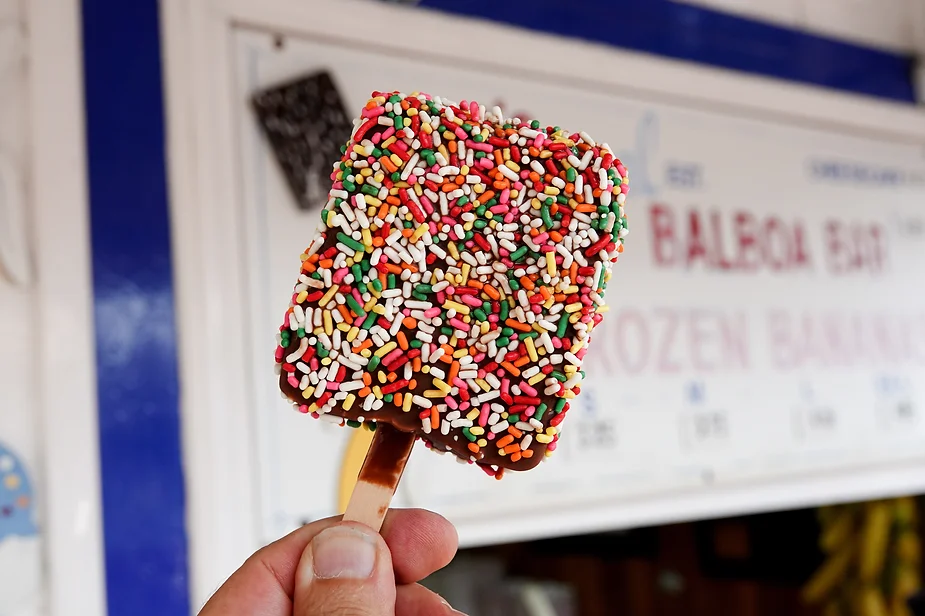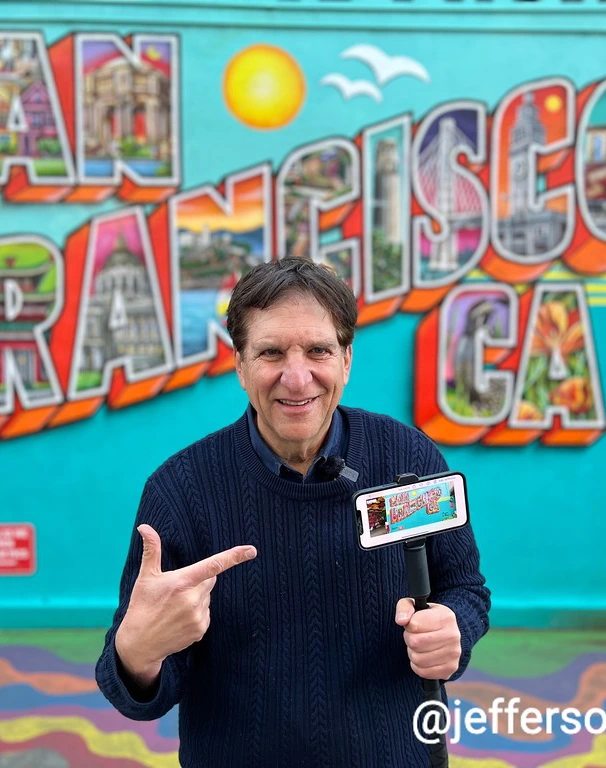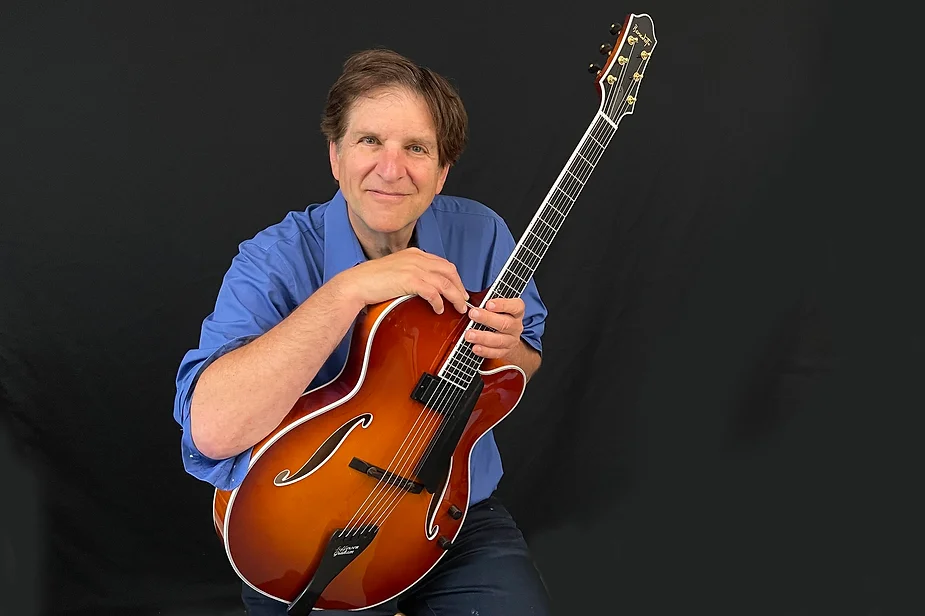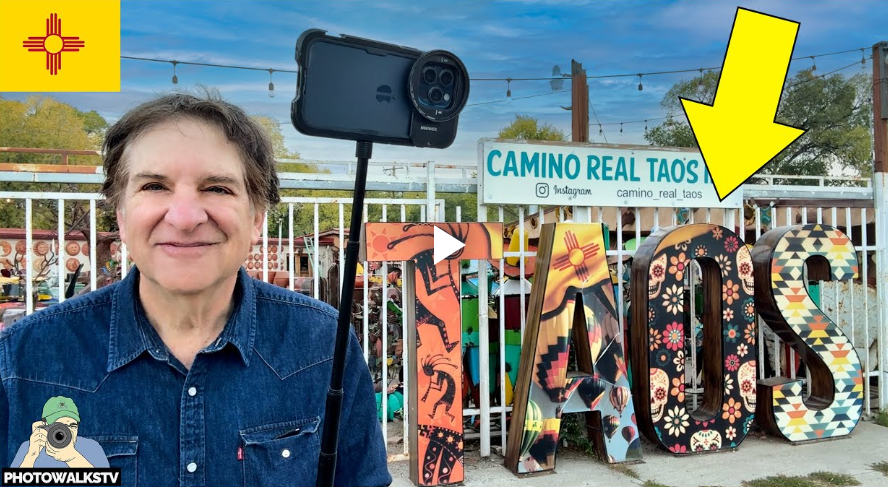
Zion Springdale Photowalk
April 24, 2021
Photowalk Photo Tip: the “magazine trick.”
May 6, 2021
A tree from the Pacific Northwest got cut down two years ago, and a portion of it ended up in Savannah, Georgia.
There it got sanded, shaped, glued, lacquered and refined into a beautiful jazz guitar. One that’s now residing on my wall, #10 for the collection, the “Bravo Deluxe” by Benedetto, a small boutique known for making incredible custom jazz guitars for nuts like myself.
Jazz Guitar Today: Benedetto “builds some of the world’s most collectible and expensive instruments.” Acoustic Guitar magazine: “Some of the most coveted archtop guitars in the world” are made by Benedetto. The instruments are known for their “stability, sonority, and responsiveness to touch and a player’s attack.”
I don’t know about that. They just feel right. As a jazz player, when I put it in my hands, the notes just flow in a way they don’t on other guitars I own. And the tone!

On a guitar forum, a person identified as Sierra Tango said it even better: “The feel of a Benedetto can not be equaled. There is a solidness to it that defies logic.”
To those of you who don’t understand the need to add yet another guitar to the collection or have ten guitars around the house (“do you play all of them, all the time?”) I thought it would be fun to share a little backstory about this guitar.
You probably know that guitars were first invented in Spain over 500 years ago, and that it’s one of the great acoustic stringed instruments, like the violin, bass, mandolin and cello. As an acoustic guitar, you’re talking wood formations and strings to produce certain sounds.
In jazz, my idiom, the banjo was first used as the rhythm instrument, going back to Jelly Roll Morton and early Louis Armstrong recordings because it was louder, and could be heard. The electric guitar was popularized by Charlie Christian in Benny Goodman’s orchestra, circa 1939, playing an early Gibson model that looked to the eye like a different type of acoustic guitar with a pickup for amplification. Instead of the sound hole there were two F holes, like a violin.

The dye was cast. Christian was playing an archtop, which produced a soft, mellow tone and the greats followed in his footsteps, from Wes Montgomery and Jim Hall, to Martin Taylor, George Benson and Pat Metheny. The beauty of an archtop is that you can play it acoustically or electrically. And it sounds awesome.
Rock and rollers opted for the lighter solid-body guitar (think Eric Clapton and Jimi Hendrix with their Fender Stratocasters) which could be played louder amplified than an archtop, and produce more distortion and sustain.

And to answer your question: every guitar sounds different and adds a little something extra to your life. My Kirk Sand custom built guitar is nylon string and sounds awesome for bossa nova and jazz. I played my Yamaha steel string recently when I sat in with Lisa and Larry Kohorn for some klezmer music, because it just sounded right. My old Fender Telecaster rocks. Plus, I love looking at all my guitars, every day. They are works of art.
But back to Savannah.
I was visiting my brother Jez in Atlanta and convinced him to take a drive with me down to Savannah, which is the coolest part of the state (rich in history—see “Midnight in the Garden of Good and Evil”) and home to Benedetto, which I’d read about. So we stopped by the guitar maker, unannounced, and CEO Howard Paul welcomed us in. I played “Satin Doll” on one of the guitars and fell in love, but the price tag was too rich for my blood.
Five years later, I attended the NAMM Show, the music instrument convention held in Anaheim, and I happened to be there with Paul Ellis, my guitar teacher and mentor. We both had the same reaction playing the guitars in the Benedetto booth. Gotta have it.
The only difference is that I actually bit the bullet. Paul Ellis just got to live vicariously through me. (Watch his reaction above in the unboxing video.)
Benedetto makes just 100 guitars a year. It took a year and a half for the new guitar to get made, longer than usual, Howard Paul says, due to COVID.
Once it was finally finished, Paul, a working jazz guitarist himself, personally inspects it before it goes out. He does this by playing the old 1938 ballad “The Masquerade is Over,” which was popularized by Billie Holliday, “to make sure there is no hum, and no imbalance.” In Eb, folks.
Benedetto’s have been called “the Stradivarius of jazz guitars,” hand-carved and tuned specifically for the best acoustic performance, still using traditional methods and violin-style designs. And Paul notes that beyond the Pacific Northwest, Benedetto (named after Bob Benedetto, the original and now retired luthier who started the company) also uses wood from Europe for maple and spruce and Indian and African ebony to make the finger boards and parts.
Benedetto has guitars selling for $25,000 and up, (and lower)) in an economy where you can buy a cheap Chinese made Fender knockoff for $100. Why spend that kind of money?
“What motivates people to own something that’s made by hand is an appreciation of the art,” he says. “We want to experience the things that only an artist can create.”
As a person who has spent decades writing about tech marvels like the iPhone (can you believe all the different things it can do—and the camera!) to the drone (throw it in the air, it takes pictures and actually lands!) you gotta love something that is still hand made. No robots, no computers, just good old-fashioned craftsmanship.
I see and hear the difference. Can you?

 Scripps News
Scripps News



